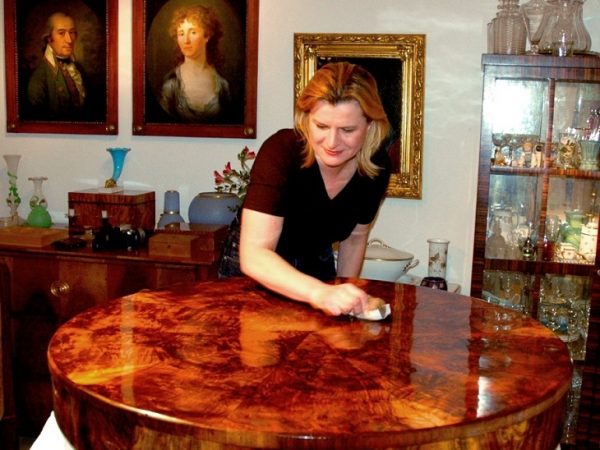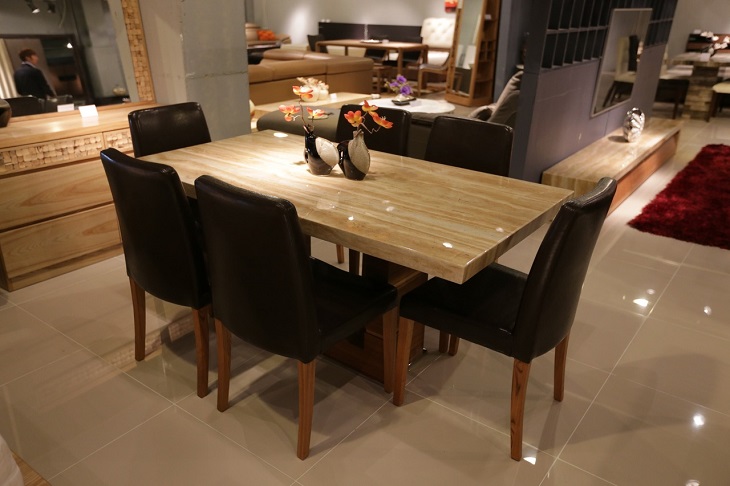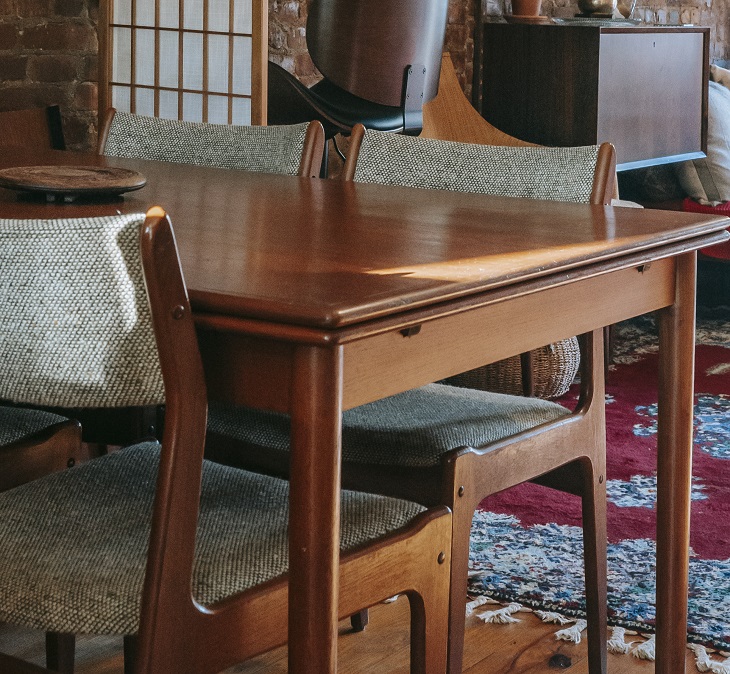27
Feb

Woodworking is a true art form, and crafting beautiful wooden furniture and home décor is no exception. You probably know that the quality of your work is only as good as the finish you choose for your projects. But with so many finishes available, selecting the right one isn’t easy.
In this post, I’ll provide you with a simple guide to wood furniture finishes that will help you make an informed decision for your next project. So, whether you’re a seasoned woodworker or just starting out, read on to learn everything you need to know about these essential supplies!

Browse through this extensive range of finishes for wood furniture that will meet any woodworking need you have, whether you’re looking for a natural, high-gloss, or low-maintenance option. One of the most popular products is Tung oil. It’s a natural and low-gloss product that penetrates deeply into the wood, providing a durable and water-resistant surface.
This makes it perfect for those looking for a natural and non-toxic option for their furniture projects. In the next paragraphs, I’ll go further into the different types of wood finishing products so you can pick the best one for your project!
These finishes work by penetrating deep into the wood fibres, providing a protective layer that’s both durable and long-lasting. Some great examples are Tung oil, Danish oil, and Linseed oil. For those looking for an eco-friendlier option, the Linseed oil is an excellent choice. Made from flax seeds, this product is entirely natural and provides a soft, low-gloss look. Linseed oil is easy to apply and penetrates deeply into the wood fibres, providing excellent protection against moisture and stains.
Penetrating finishes for wood furniture are also available in water-based options. These are a great choice for those who want a product that’s easy to apply and dries quickly. They provide excellent protection against water, scratches, and stains and they’re ideal for both indoor and outdoor use.
Surface Finishes
Varnish is a popular product that’s been around for centuries. It’s a synthetic finish made from a combination of resins, oils, and solvents that provide a hard, durable coating to wooden surfaces. One of the benefits of varnish is its ability to provide excellent protection against moisture, scratches, and UV damage. It’s ideal for outdoor furniture or any wooden surface that will be exposed to the elements. Varnish is also available in a range of gloss levels, from high gloss to matte, making it a versatile product for a range of projects.

Lacquers are excellent surface woodworking finishes that dry quickly, making them a great choice for those who want to finish their project in a short amount of time. They also provide a high-gloss finish, giving wooden surfaces a shiny, smooth appearance.
They’re available in two types: nitrocellulose and acrylic. Nitrocellulose lacquer is the traditional choice, and it’s known for its quick-drying time and excellent adhesion. This type is easy to apply, and it’s perfect for smaller projects or those with intricate details. However, it’s important to note that nitrocellulose lacquer is highly flammable and should be used with caution.
Acrylic lacquer is a newer option that’s gained popularity in recent years. It’s non-flammable, making it a safer option, and it’s known for its durability and resistance to yellowing over time. Acrylic lacquer is also available in a range of sheens, from matte to high gloss, giving you more options when it comes to the final look of your project.
Polyurethane provides excellent protection against scratches, stains, and moisture. It’s ideal for high-traffic areas, such as wooden floors or tabletops, and it’s available in a range of looks, from matte to high-gloss.
Oil-based polyurethane is the traditional choice, and it’s known for its durability and ease of use. This type is easy to apply and dries slowly, allowing for a smooth, even finish. However, it’s important to note that this product is flammable, and it’s necessary to have proper ventilation during application.
Water-based polyurethane, on the other hand, is a newer option that’s gained popularity in recent years. This type of polyurethane is non-toxic, dries quickly, and is easy to clean up. It’s also low in odour, making it a great option for those who are sensitive to traditional polyurethane’s strong fumes.
Shellac is a natural type of woodworking finish that provides a high gloss look. It’s easy to apply, dries quickly, and comes two forms: flakes and pre-mixed. Flakes are the traditional choice, and they can be dissolved in denatured alcohol to create a liquid shellac that’s applied with a brush. Pre-mixed shellac is already dissolved and ready to use, making it a convenient option for those who want to skip the mixing process.
Wax is a natural, non-toxic option that provides a protective layer to surfaces while enhancing the natural beauty of the wood grain. It provides a soft, matte finish that’s ideal for rustic or antique furniture. It’s available in a range of colours, from clear to dark brown, and you can apply it to raw or finished wood. Wax is also easy to apply and can be used on a variety of surfaces, including furniture, flooring, and even musical instruments.
It’s important to note that wax is not as durable as some other products, and it’s not recommended for high-traffic areas or surfaces that will come into contact with water. However, it’s a great option for those who want a natural, non-toxic finish that enhances the beauty of the wood grain.